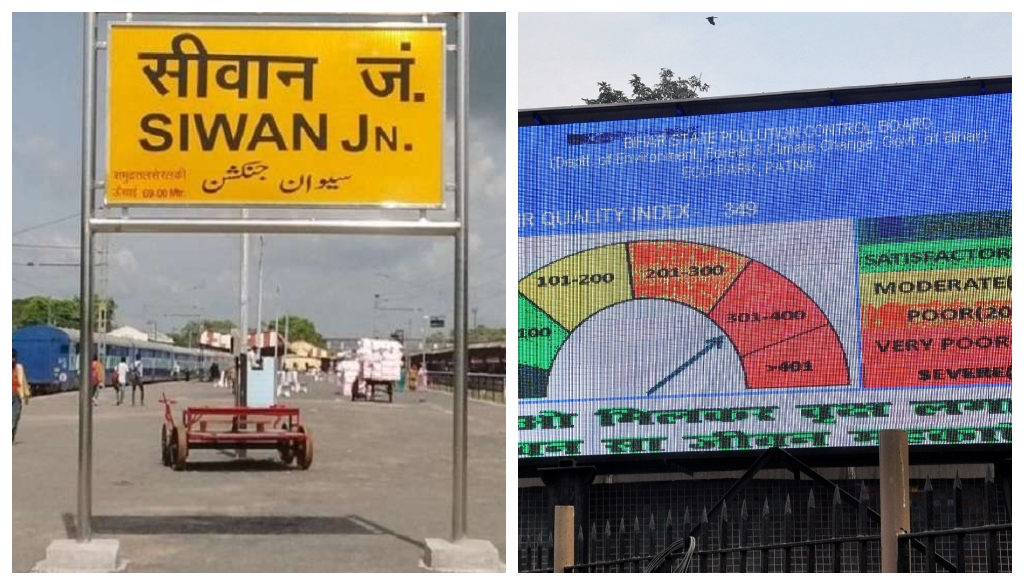
Patna: Siwan in north Bihar recorded the worst air quality in the country over the past 24 hours, with its Air Quality Index (AQI) reaching 318—categorised as ‘very poor’, according to data from the Central Pollution Control Board (CPCB).
Under CPCB’s AQI scale, readings between 301 and 400 fall under the ‘very poor’ category, posing serious health risks even to otherwise healthy individuals. Prolonged exposure can lead to respiratory issues and long-term cardiovascular complications.
Meanwhile, Patna’s air quality remained in the ‘moderate’ range with an AQI of 114. Other urban centres in Bihar also fell into the same category: Hajipur (194), Saharsa (121), Samastipur (123), Sasaram (131), Aurangabad (115), and Muzaffarpur (109). Gaya, with an AQI of 98, teetered on the edge of the ‘satisfactory’ bracket.
Several districts, however, showed encouraging air quality levels. Buxar (68), Bettiah (83), Ara and Araria (84 each) were recorded in the ‘satisfactory’ category. Katihar in north-east Bihar reported a rare instance of ‘good’ air quality, with its AQI at 49.
The AQI is calculated based on concentrations of eight key pollutants, including PM2.5, PM10, nitrogen oxides, sulphur dioxide, ozone, carbon monoxide, ammonia, and lead. In Bihar’s urban areas, PM2.5—ultra-fine particles measuring less than 2.5 microns—continues to be the dominant pollutant. These particles are known to penetrate deep into the lungs and bloodstream, contributing to diseases such as asthma, heart disease, and developmental disorders in children.
Environmental experts have repeatedly called for urgent policy interventions and stronger implementation of clean air measures in Bihar’s urban centres, especially as air quality worsens with rising temperatures and stagnant wind patterns in the summer months.





